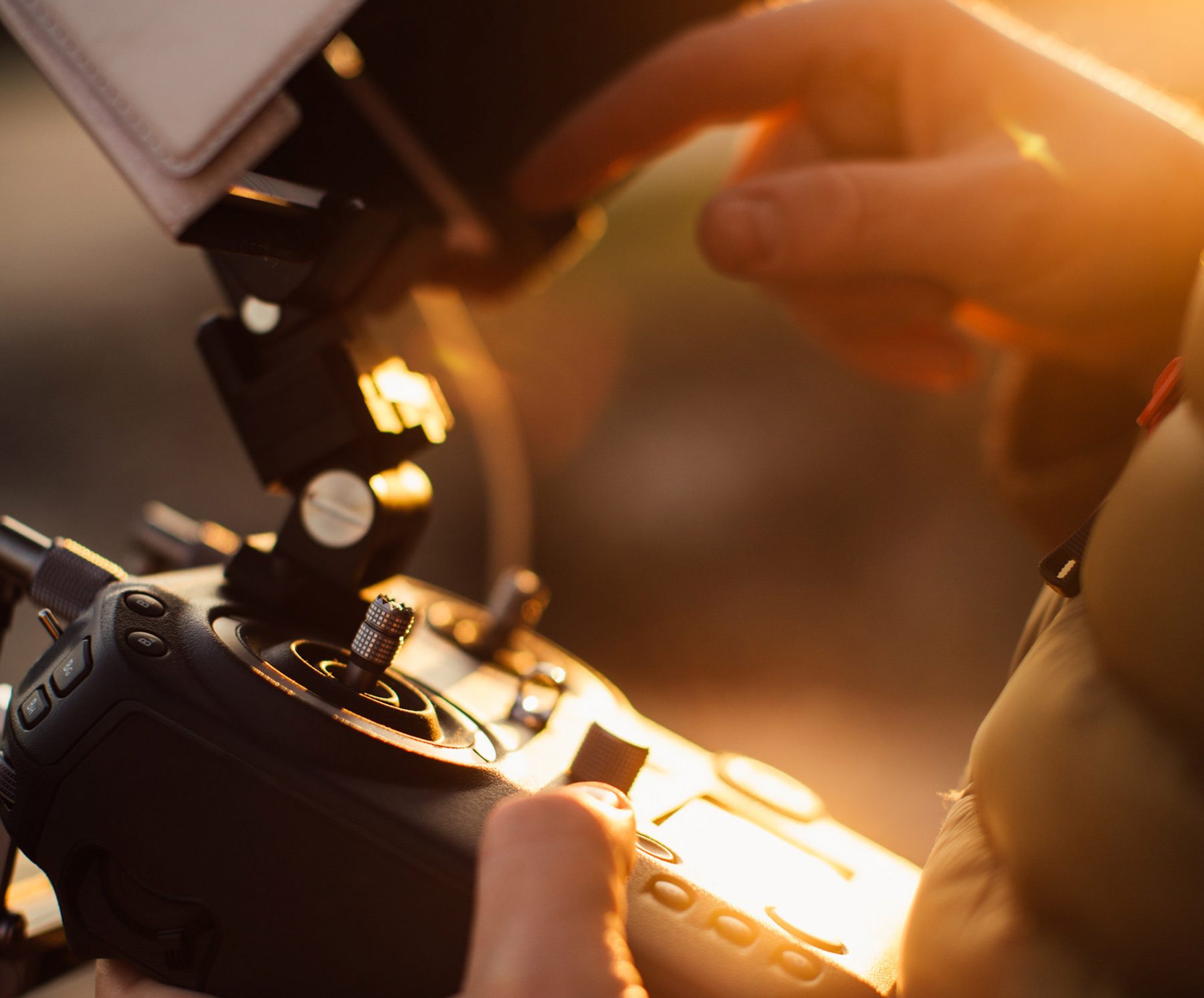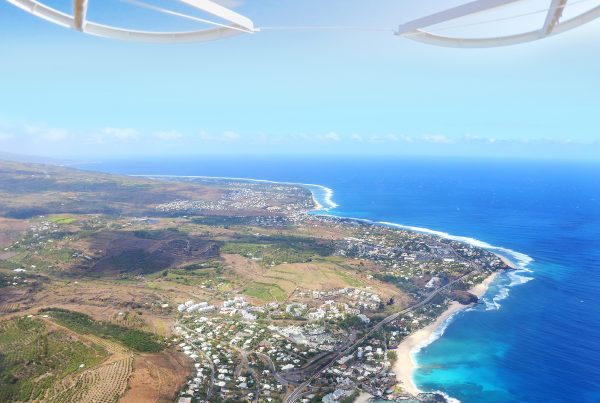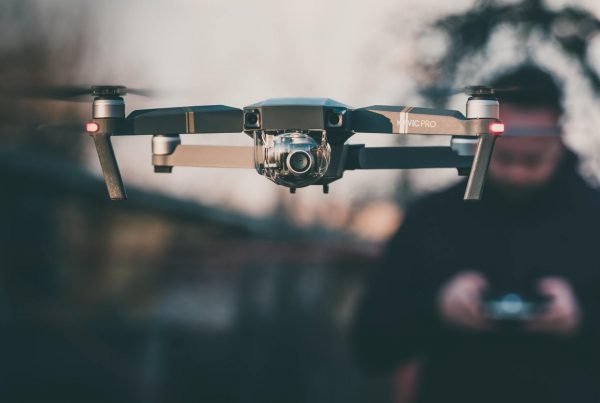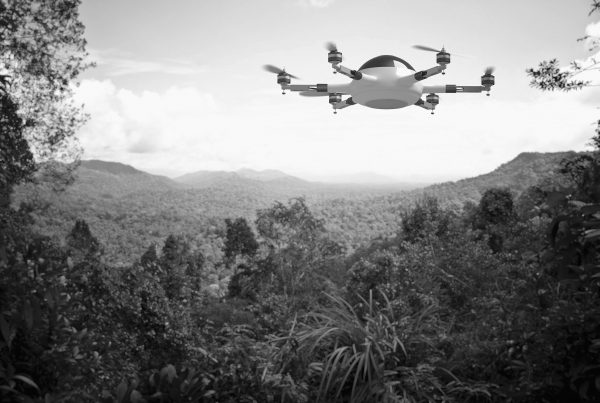
Last week, CASA announced its long awaited mandatory registration for all commercial drones, and recreational drones more than 250 grams, effective July 1st, 2019. Whilst there have been mixed reviews regarding the announcement, particularly related to cost (commercial drone registration has been quoted at $160 per drone), there are few long-term benefits that far outweigh the pain of registration.
Registration = Accountability
The easiest comparison to draw between technology and registration is with cars. As a relatively ubiquitous technology, keeping track of millions of cars and drivers across Australia is not an easy, or cheap task. Having a system in place to keep track of this makes the task much more manageable. Furthermore, developing rules (eg. roadworthiness) that align with this system help to develop safety and accountability. As an adult driver, there are a number of hoops I have to pass through before I can legally drive a car – I need to pass a competency-based driving test, keep my licence by operating within the rules, and the car I’m driving is allowed to be on the road, and actually registered. If I havn’t done this, I’m not only putting myself and others in danger, but I’m also liable for criminal repercussions. In other words, I am accountable. This is standard across the state, the country and the world at large.
As it stands today, I can go to JB Hifi, buy a drone, and be a recreational drone pilot from day 1. To technically become a ‘commercial pilot’, the only test I have to pass is a Remote Pilot’s Licence. As the drone industry continues to grow, this is going to become increasingly more difficult to manage, not just for regulators but for the entire aviation industry. As we’ve seen at numerous airports around the world, particularly at Gatwick, and even in emergency situations, such as in Western Australia, unregulated skies have the capacity to cause major chaos, and managing drones can be almost impossible.
What the incoming registration does is begin to bring accountability to the industry. In order to be able to operate a drone legally, I must put my name to it and register it with CASA. Where in the past I could have gotten away with flying outside of the rules, now the drone must bare a registration number associated with my name, company and (potentially) address & phone number. Under the new system, there is now a direct link back to the person who can be held accountable.
Registration = Standards
From its infancy, Drone operators have made do despite a lack of established rules and regulations, (see above, i.e. the Wild West) pioneering the industry as we know it today. Over the course of the last 2-3 years in particular, CASA has slowly begun to build standards around the industry, instituting new initiatives such as the sub-2kg excluded category for RePL holders in September 2016. To bring this back to the car, however, the drone industry still has a long way to go to create the same standards as its counterpart.
In order for my car to be remain registered, there’s criteria I need to keep to – my car needs to pass a roadworthy test, have lights that work, drive in a straight line on command, etc. If I drive like a hoon, under the influence or decide that drag racing is a good idea*, it’s a very high likelihood that I will lose my licence, my car will get impounded, or both. Essentially, when operating a car in the wider world, if I don’t follow the rules (i.e. meet the standard), I lose the right to operate the car legally.
This point highlights exactly why registration is very important in creating standards that must be kept by all drone operators. These rules are not put in place to be a burden to 99% of individuals, companies and drone operators who do operate legally, and safely. What they are in place for is to stop the 1% of people who will do the wrong thing, and putting standards in place to say: if you do not meet the standard, you are operating illegally.
Registration = Stepping stone to more effective regulation
Registration is not the magic bullet in creating a future where drones don’t crash, are always safe, and rules are not broken. Every day, despite over a century of regulation and enforcement, cars crash. As a set of moving variables, such as cars, eliminating everything that could possibly go wrong is close to impossible. The goal of regulation is not to eliminate, but to put specific, actionable and enforceable barriers to prevent unnecessary accidents from happening.
From the perspective of drones, the implementation of a registration system might not stop the next Gatwick, or stop me from flying (and knowing my skill-level, probably crashing) my Spark around the park. What it will do however, is provide a stepping stone for more effective regulation, more effective enforcement, and more effective drone operations, industry wide. In future, having a registration system might allow CASA to implement airworthiness standards, to improve enforcement regulation, and even to develop more effective air traffic control. Whilst these don’t sound ideal on first look, undoubtedly there was a time where cars didn’t have be roadworthy before they could drive on the road. I don’t know about you, but I’d rather get in a car knowing it won’t break, or that it will drive as advertised (straight, hopefully).
Registration – not necessarily a bad thing
Whilst the anticipated registration announcement of the last week by CASA has had mixed reviews, I believe that it is a necessary evil in creating a future where drones are as common-place as cars. Although it’s not a magic bullet, and it’s not perfect, what it will do is allow for the industry to grow. The Wild West, trailblazing industry of the past, is over. It’s time for the Australian drone industry, with the help of CASA, to grow into a more accountable, more mature, and more effectively regulated industry.
*put simply, its not!!



